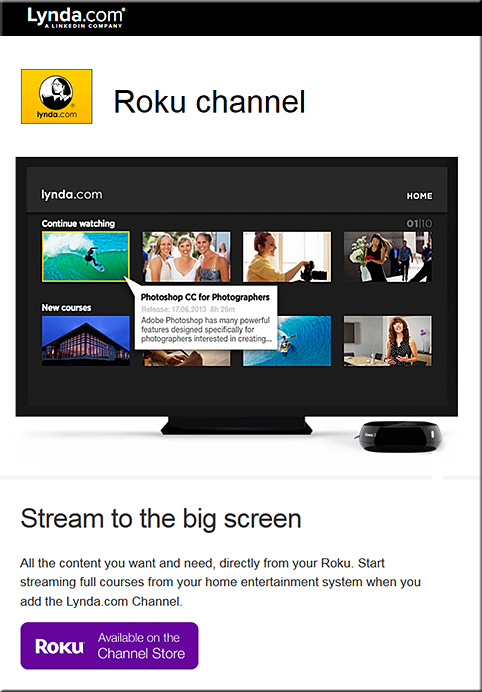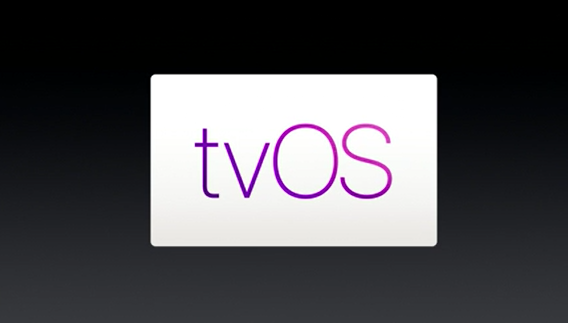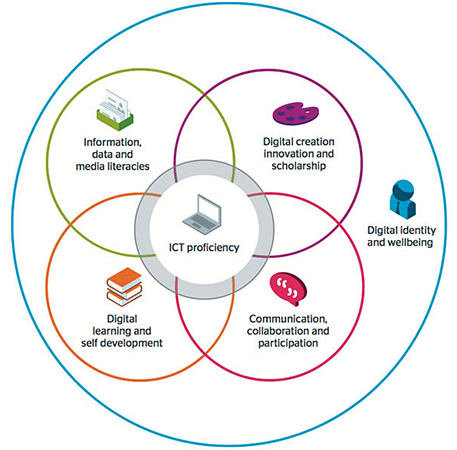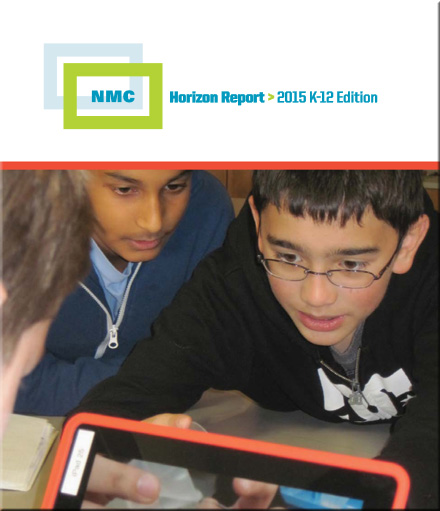Active Learning: In Need of Deeper Exploration — from facultyfocus.com by Maryellen Weimer
Excerpt (emphasis DSC):
The one proposed by Bonwell and Eison in an early (and now classic) active learning monograph is widely referenced: involving “students in doing things and thinking about the things they are doing.” (p. 2)
Those are fine places to start, but as interest in active learning has grown—and with its value now firmly established empirically—what gets labeled as active learning continues to expand. Carr, Palmer, and Hagel recently wrote, “Active learning is a very broad concept that covers or is associated with a wide variety of learning strategies.” (p. 173) They list some strategies now considered to be active learning. I’ve added a few more: experiential learning; learning by doing (hands-on learning); applied learning; service learning; peer teaching (in various contexts); lab work; role plays; case-based learning; group work of various kinds; technology-based strategies such as simulations, games, clickers, and various smart phone applications; and classroom interaction, with participation and discussion probably being the most widely used of all active learning approaches. Beyond strategies are theories such as constructivism that have spun off collections of student-centered approaches that promote student autonomy, self-direction, and self-regulation of learning.
“It’s Not You, It’s the Room”— Are the High-Tech, Active Learning Classrooms Worth It? [2013] – from cvm.umn.edu by Sehoya Cotner, Jessica Loper, J. D. Walker, and D. Christopher Brooks
Excerpt (emphasis DSC):
Several institutions have redesigned traditional learning spaces to better realize the potential of active, experiential learning. We compare student performance in traditional and active learning classrooms in a large, introductory biology course using the same syllabus, course goals, exams, and instructor. Using ACT scores as predictive, we found that students in the active learning classroom outperformed expectations, whereas those in the traditional classroom did not. By replicating initial work, our results provide empirical confirmation that new, technology-enhanced learning environments positively and independently affect student learning. Our data suggest that creating space for active learning can improve student performance in science courses. However, we recognize that such a commitment of resources is impractical for many institutions, and we offer recommendations for applying what we have learned to more traditional spaces.
…
We believe that the investment in ALCs at the University of Minnesota was worth it. Documented increases in student engagement and confirmed average gains of nearly 5 percentage points in final grades are improvements in the student academic experience that few educational interventions could aspire to. However, whether these improvements warrant the capital investment in ALCs is a judgment each educational institution must make for itself, drawing on local priorities and resources.
Instructors may need to think seriously and creatively about changing the manner in which they deliver their courses in spaces such as these —not only for the sake of navigating the challenges of teaching in a decentered space, but also to take advantage of the features of the room that allow us to better realize the benefits of active learning. The classroom architecture is bound to frustrate the efforts of faculty who don’t yield to the rooms’ novel demands. There is no well-identified “stage” from which to deliver a traditional lecture. Half of the students in the class may be facing away from the instructor at any given time. Teachers who view silence as engagement will need to adjust their perceptions, as one goal of decentralized classrooms is increased small-group interaction and this activity can be noisy and difficult to monitor. And, in the case of the ALCs at our institution, there is a learning curve with respect to the technological capabilities of the rooms.
Excerpt from the University of Minnesota’s Active Learning Classrooms web page:
What Is an Active Learning Classroom (ALC)?
ALC is the term often used to describe the student-centered, technology-rich learning environments at the University of Minnesota. U of M ALCs feature large round tables with places for nine students. Each table supports three laptops, with switching technology that connects them to a fixed flat-panel display projection system, and three microphones. There is a centered teaching station which allows the instructor to select and display table-specific information. Multiple white boards or glass-surface marker boards are distributed around the perimeter of the classrooms.












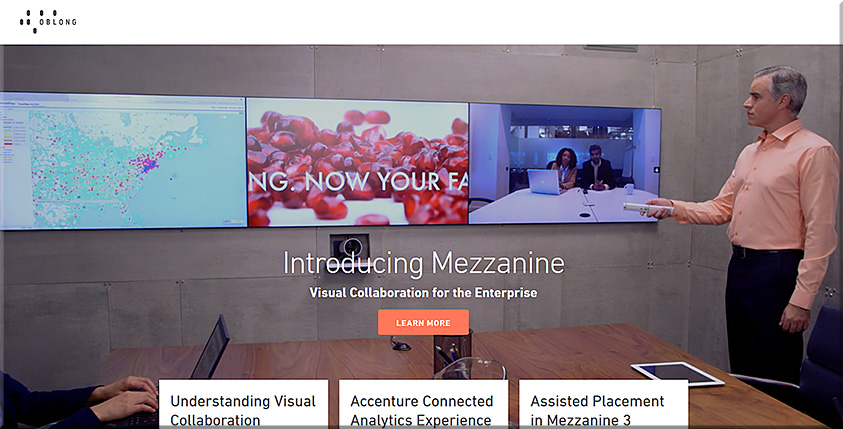


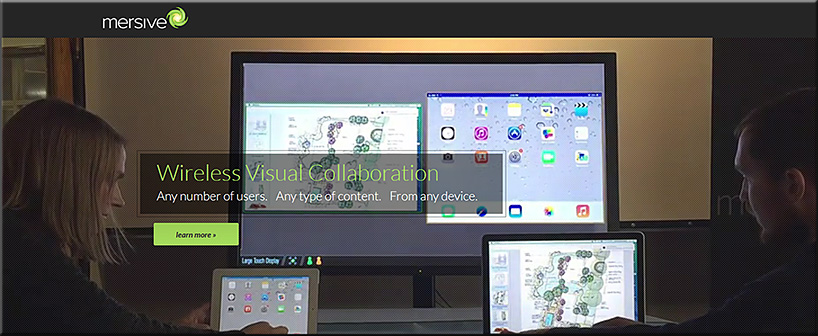
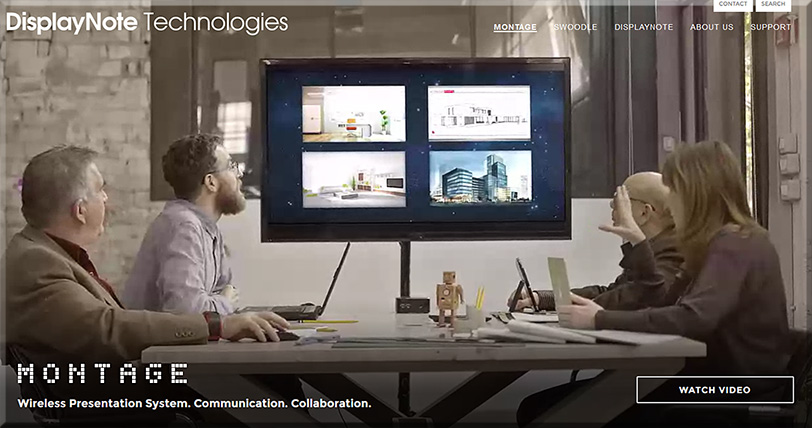

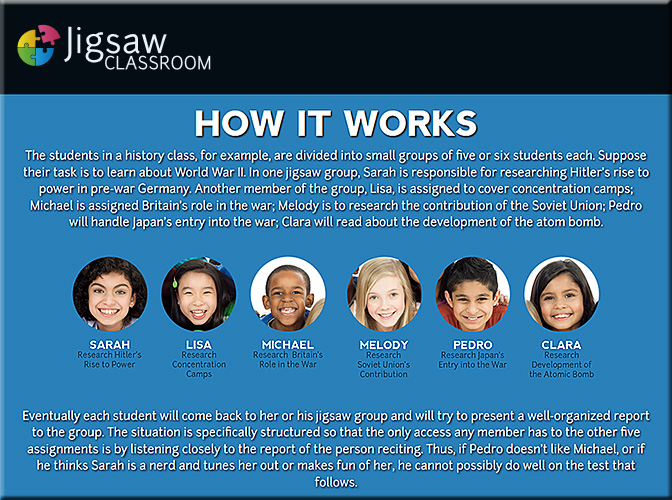
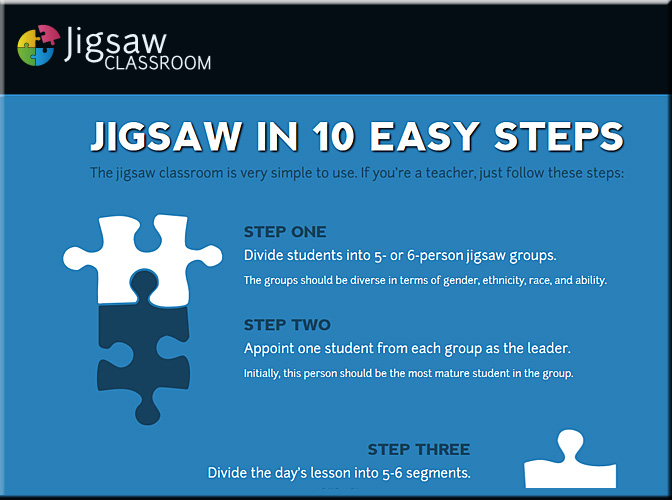
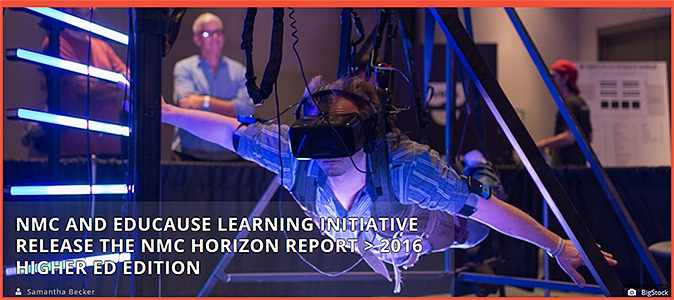
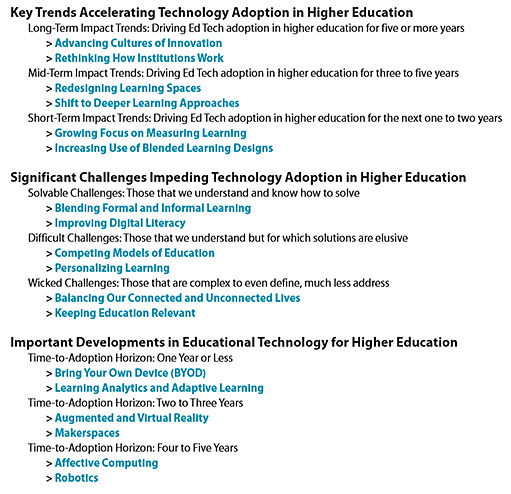
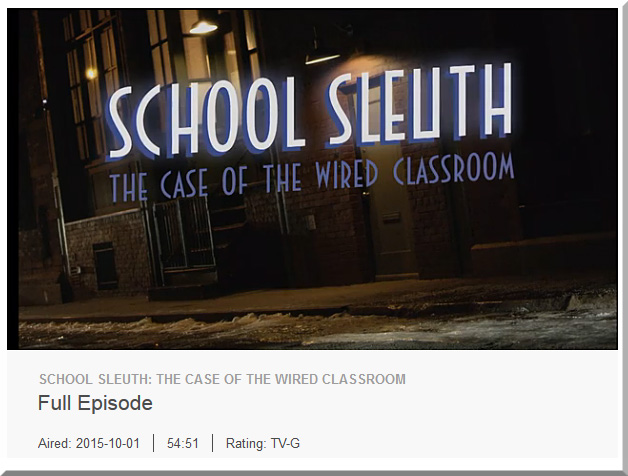

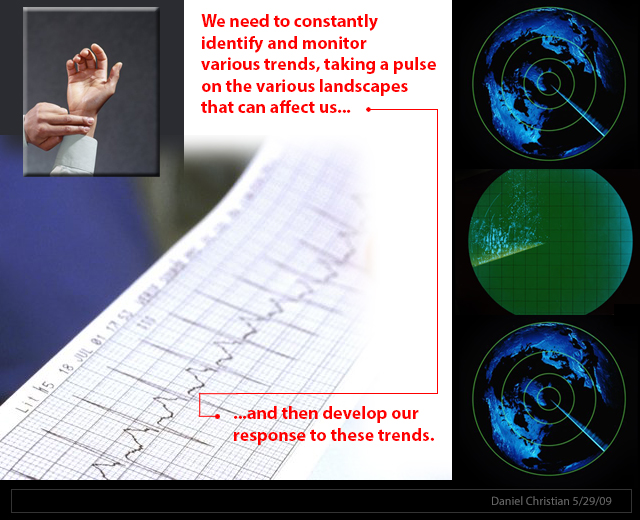




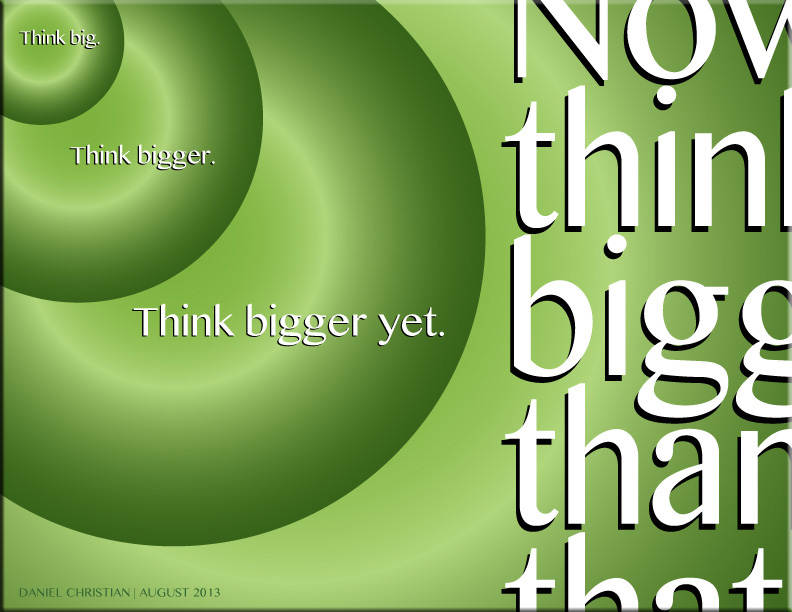
![The Living [Class] Room -- by Daniel Christian -- July 2012 -- a second device used in conjunction with a Smart/Connected TV](http://danielschristian.com/learning-ecosystems/wp-content/uploads/2012/07/The-Living-Class-Room-Daniel-S-Christian-July-2012.jpg)
